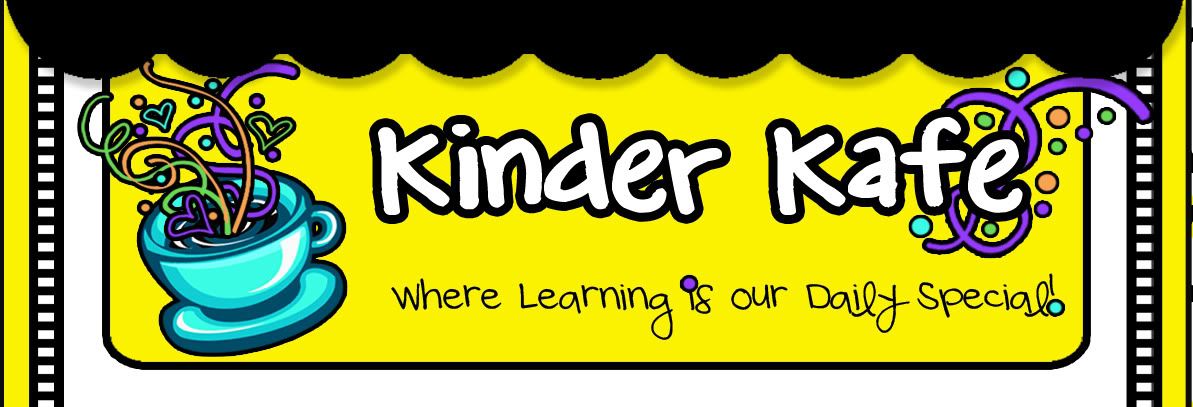
ELACCKKRL3 With prompting and support, identify characters, settings and major events in a story.
So often we gather our students around our chair for a story. We read the text and then to make sure we've exposed them to story elements we proceed with basic recall and ask those questions that most always prompts choral responses. " Who was in the story?" " Where did it take place?" "What happened in the story?". You know the routine. Pretty boring huh? While reading several books about Thanksgiving this week (and we all know they are usually chapter books with limited kid friendly illustrations) our discussions became increasingly meaningful. As a result, I began to link text to self and text to text to create mental images with real life applications for my students to grasp the concepts of such an important part of our history. During student conferences in their follow up writing workshops, it was interesting to notice the details in their illustrations. As I listened to my students read their work, ( mostly retell a story) I was amazed at the details they included without really realizing they were indeed nailing RL1,2, and 3 of the reading standards.Then, that "Aha" moment hit ME! Now, all I had to do was bring to their attention what they ALREADY knew! Again, my students had taken the lead and it was my job to follow their interest.Through collaborative conversations(Yay! An opportunity to practice another language standard.) they illustrated vocabulary words we had recorded from "Close Reading" sessions during the week .Bingo! Clearly, they began to identify story elements for character, setting and events! It was amazing to hear their vocabulary and see the details in their drawings as they shared and justified the placement of their work on the display chart. While there was no formal independent practice other than their illustrations, I felt confident my students created cognitive structure to show "schema" as defined by Mandler & Johnson(1977). Their recognition, recall,and relating to the parts of the story supported internal representation of central narrative
elements in literature.




Thank you for enhancing the ideas for reading comprehension. Your blog is one that is very helpful and I appreciate your time and efforts. I plan to try to implement something like this when I have my own classroom.
ReplyDeleteJacque Lee